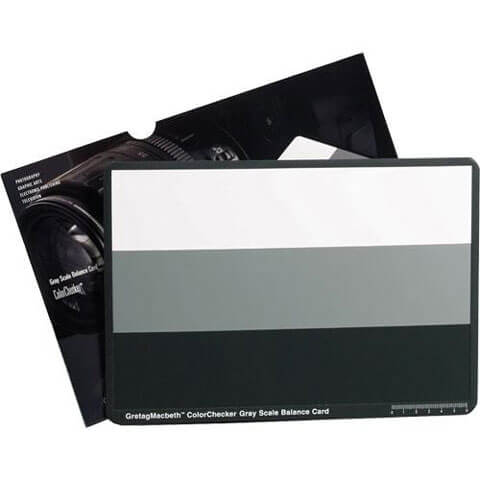Choosing the Best Exposure Method
Today’s Post by Joe Farace
Back to Basics: As is true in everything photography related, there are no one right way to do everything, although some seminar speakers may disagree with me arguing that only their way is the one, true perfect road. This is no “my way or the highway” blog; In my world (and I’m guessing that Mark agrees) you get to choose the way that works for you. Even a road less traveled is OK— if it produces the results that you want. If it doesn’t, its time to look at some alternatives and fine-tune them to your favored subject matter and preferred way of working.
If we have a hand-held meter or in-camera manual exposure setting of 1/500 sec at f/11 and want to use a slower shutter speed allow for subject or camera motion and set choose 1/125 sec you’ll have to adjust the aperture (make it smaller) so that that the same (equivalent) amount of light will fall on the sensor. By selecting aperture (Av) or shutter priority (Tv) mode, your camera does the equivalent exposure for you, eliminating all the guesswork. There are some other tools you can use, including Exposure Compensation and Highlight/Shadow warning that will be covered in an upcoming Back to Basics post.
 Tip: When using the substitution method of exposure, you replace an object within the scene with an object of known reflectance, such as a
Gray Card and take a reflected-light meter reading from that object. You can substitute objects that match the light reflectance quality of the object in the scene. Don’t have a gray card? Back in the film days I used to take a meter reading of grass (if there was any in the scene) and open up one stop but I don’t remember the last time I tried this old “rule of green thumb” for exposure, although it’s the perfect way to set a custom white balance for IR-converted cameras.
Tip: When using the substitution method of exposure, you replace an object within the scene with an object of known reflectance, such as a
Gray Card and take a reflected-light meter reading from that object. You can substitute objects that match the light reflectance quality of the object in the scene. Don’t have a gray card? Back in the film days I used to take a meter reading of grass (if there was any in the scene) and open up one stop but I don’t remember the last time I tried this old “rule of green thumb” for exposure, although it’s the perfect way to set a custom white balance for IR-converted cameras.




